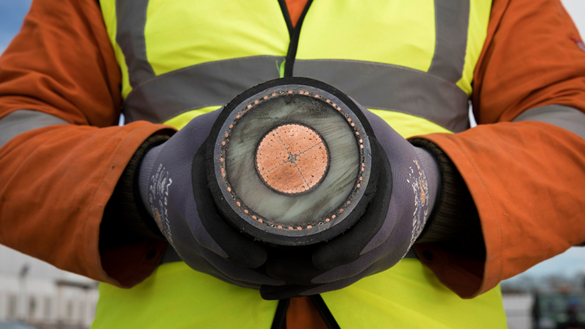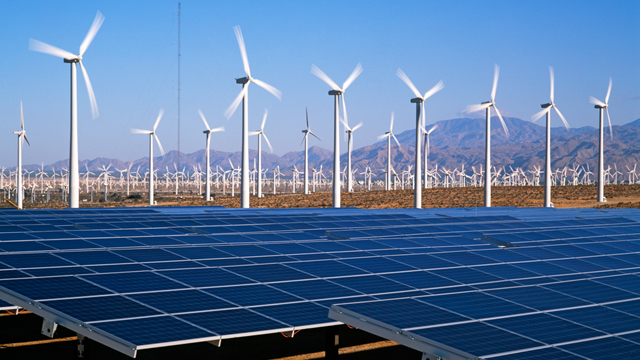
What are multi-purpose interconnectors?
Multi-purpose interconnectors (known as MPIs) are subsea electricity cables that connect the UK’s electricity system to those of neighbouring countries and also connect offshore power generators – such as wind farms – to the shore.
At the moment, offshore wind farms and interconnectors operate separately and connect to the shore individually. In the future, MPIs could enable offshore wind and interconnectors to work together, helping the UK to achieve its net zero target by integrating more renewable energy onto the network.
What’s the difference between 'normal' interconnectors and multi-purpose interconnectors?
Interconnectors already allow us to share electricity between countries safely and reliably, with existing cables running directly from a location in one country to another.
MPIs are seen as the next generation of interconnector.
Currently, each offshore wind farm is connected to the shore individually, but MPIs could allow clusters of wind farms to connect directly with the interconnector itself, creating offshore connection ‘hubs’ for green energy.

What are the benefits of MPIs?
MPIs will help to:
- promote more affordable energy by providing access to the lowest priced energy available between the UK and neighbouring countries
- reduce the impact on coastal communities and the environment, by minimising the number of connections needed to shore and therefore the amount of infrastructure required
- increase security of supply by providing access to a more diverse pool of clean energy generation, as well as ensuring that the energy flows from where it’s being generated to where it’s needed most
- achieve the UK’s climate targets of 50 gigawatts (GW) of offshore wind by 2030 and net zero by 2050
- support the transition to a cleaner energy system by providing more flexible capacity between the UK and neighbouring networks
- maximise the use of renewable energy generation by accelerating the development of offshore wind.
Tapping into the North Sea’s renewable energy potential
The North Sea has the potential to be the powerhouse of Europe. By 2050 it could be home to up to 300GW of offshore wind generation, making a significant contribution to our energy security.
As experienced developers and operators of subsea transmission projects in Europe, as well as wind power in the US, we want to make sure the North Sea’s potential delivers the maximum benefit for everyone across the UK and Europe.
Our National Grid Ventures (NGV) business is working with European partners to develop a vision for MPIs, including:
Nautilus
Nautilus will allow electricity to flow between the UK and Belgium, as well as connecting to offshore wind generation in the North Sea, which could supply enough electricity to power around 1.4 million UK homes.
LionLink
LionLink (formerly known as Eurolink) is a first-of-its-kind multi-purpose interconnector project to connect offshore wind between the UK and the Netherlands, with the potential to supply around 1.8GW of electricity - enough for approximately 1.8 million homes..
Last updated: 23 May 2023
The information in this article is intended as a factual explainer and does not necessarily reflect National Grid's strategic direction or current business activities.
This interactive infographic gives more detail on the benefits of multi-purpose interconnectors:



